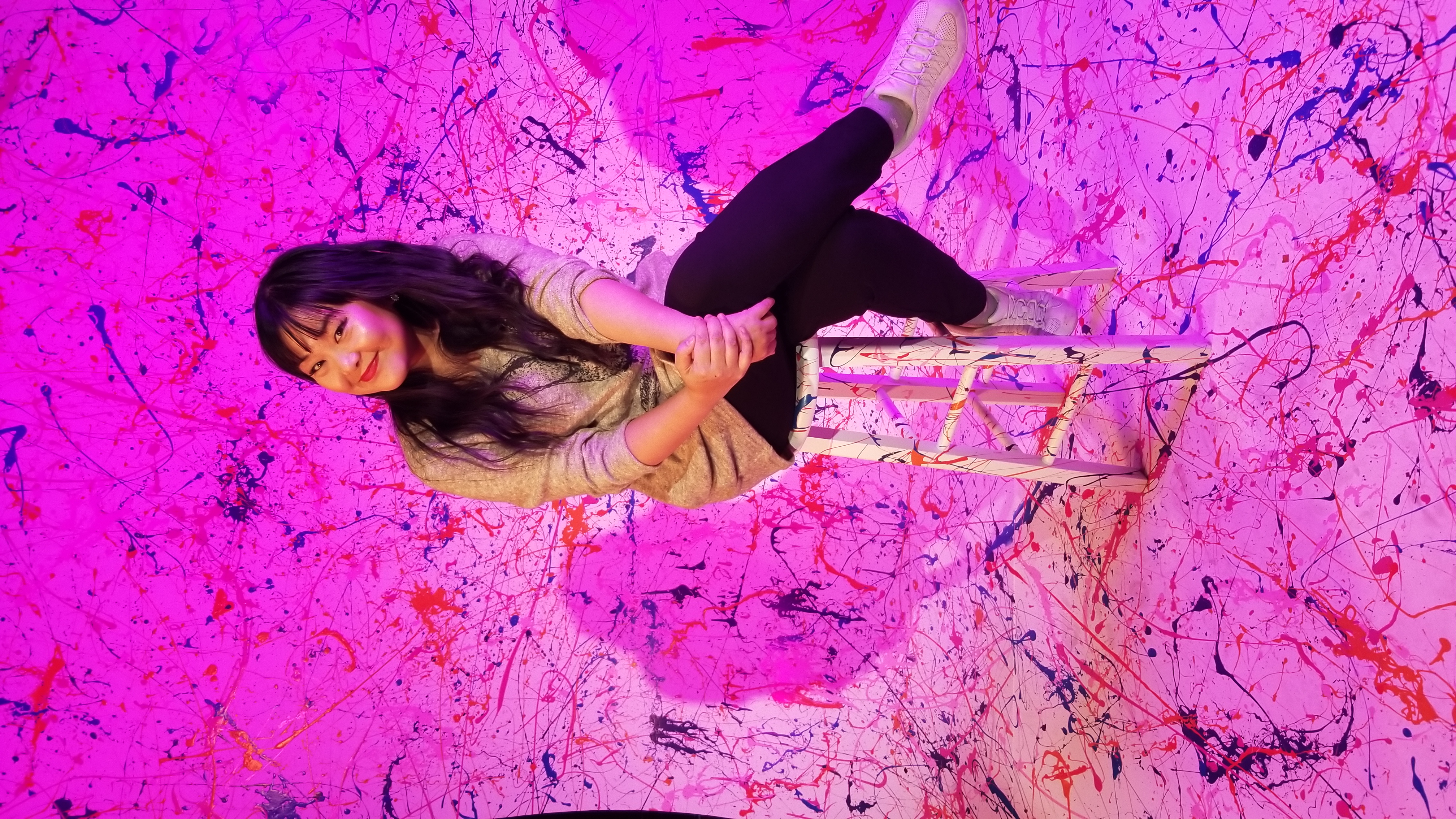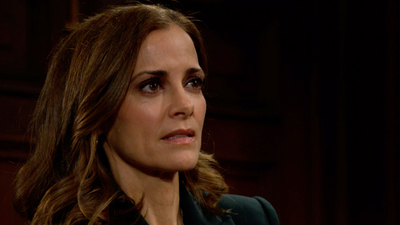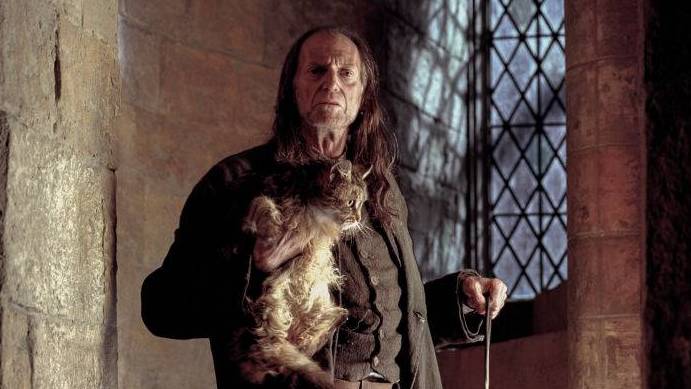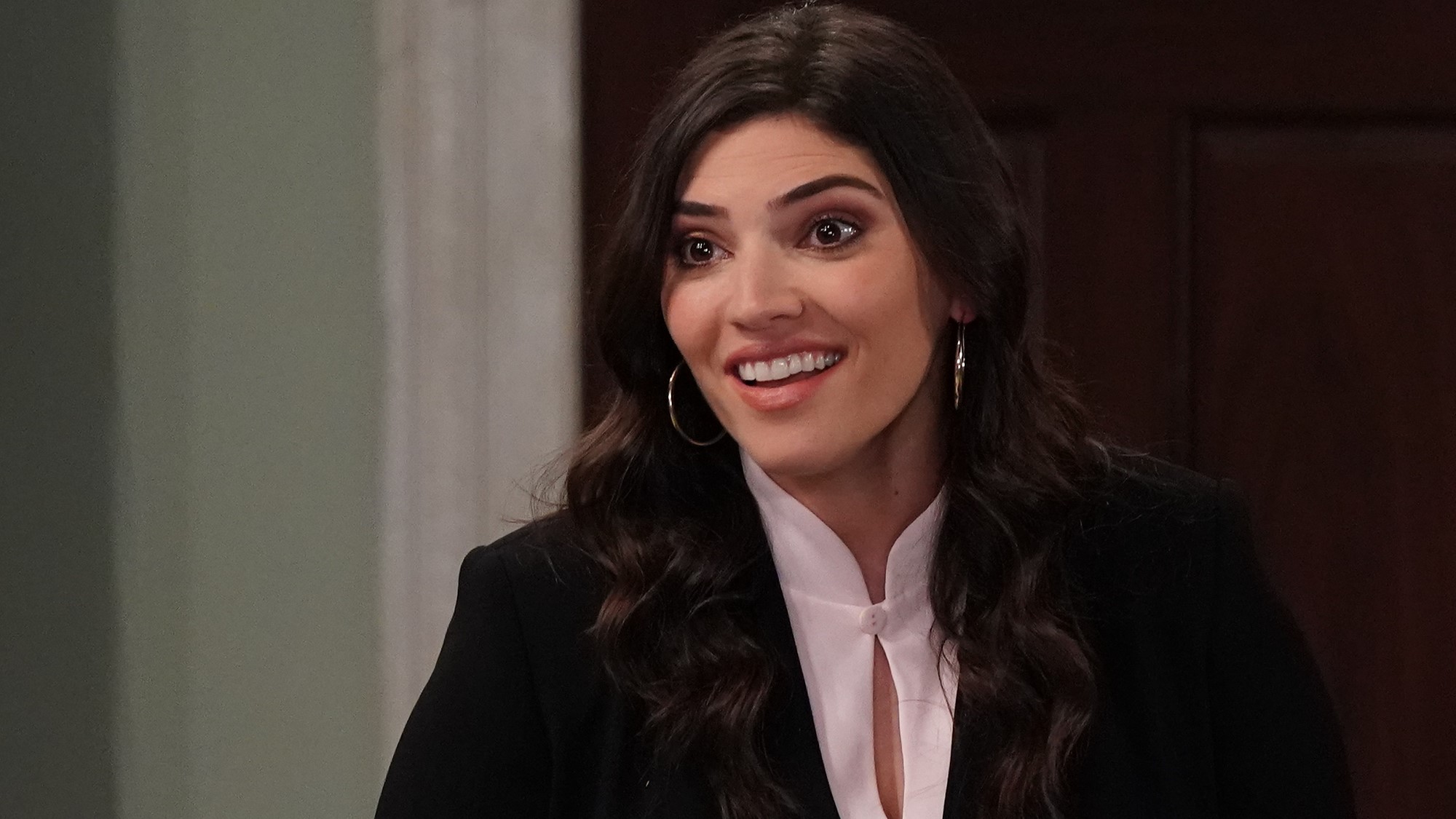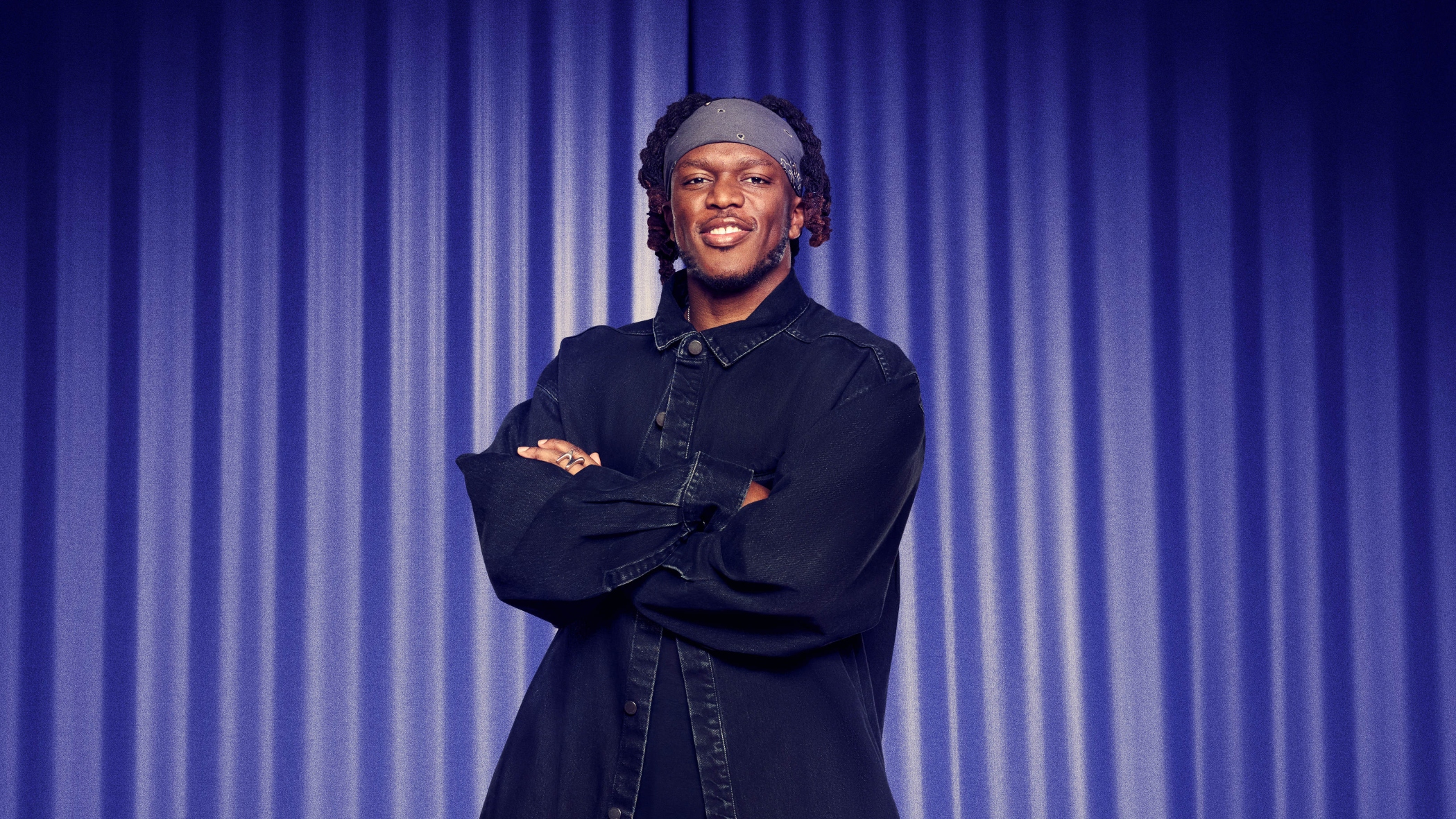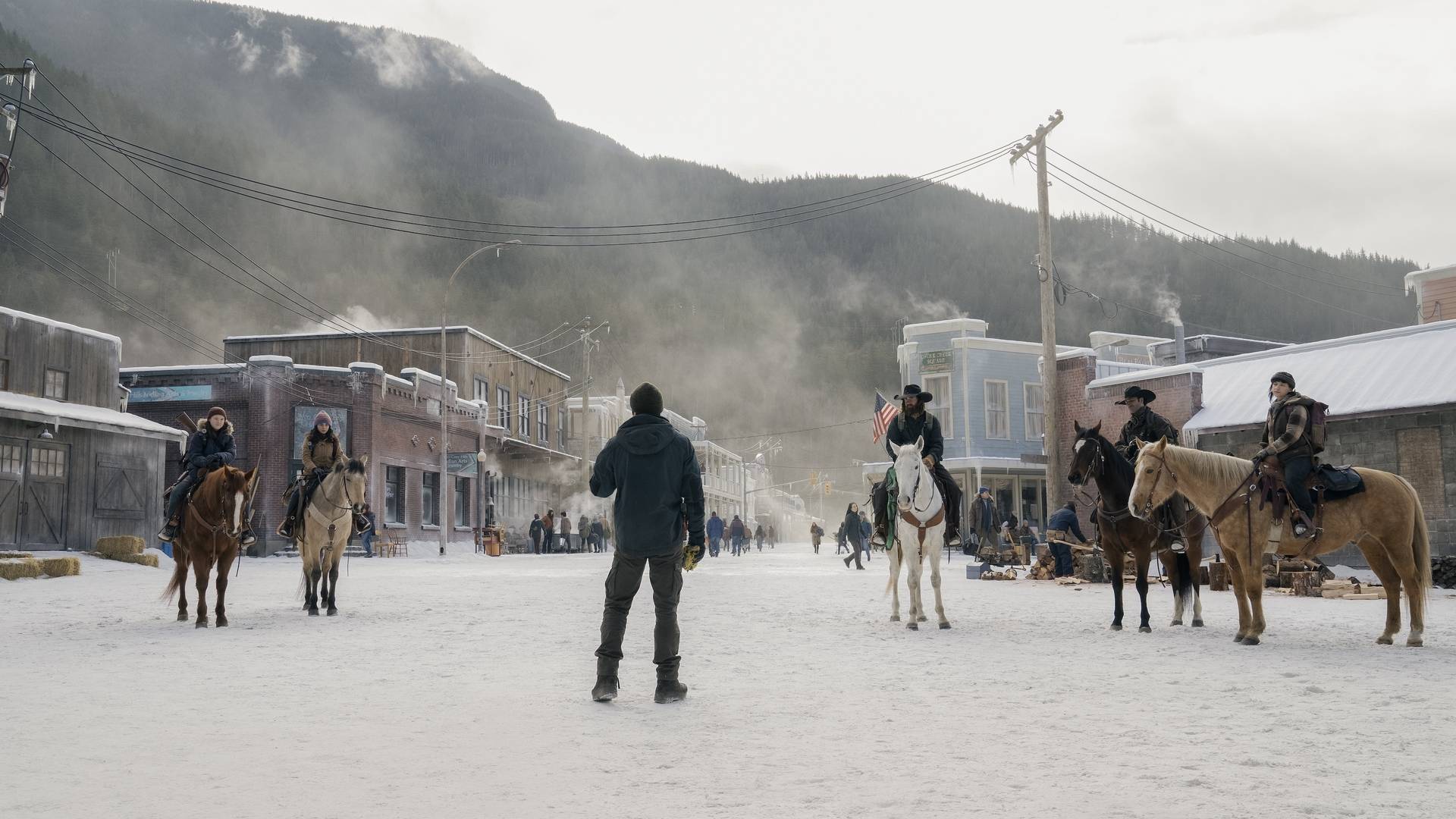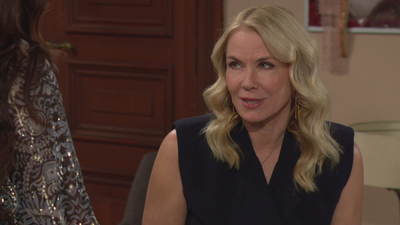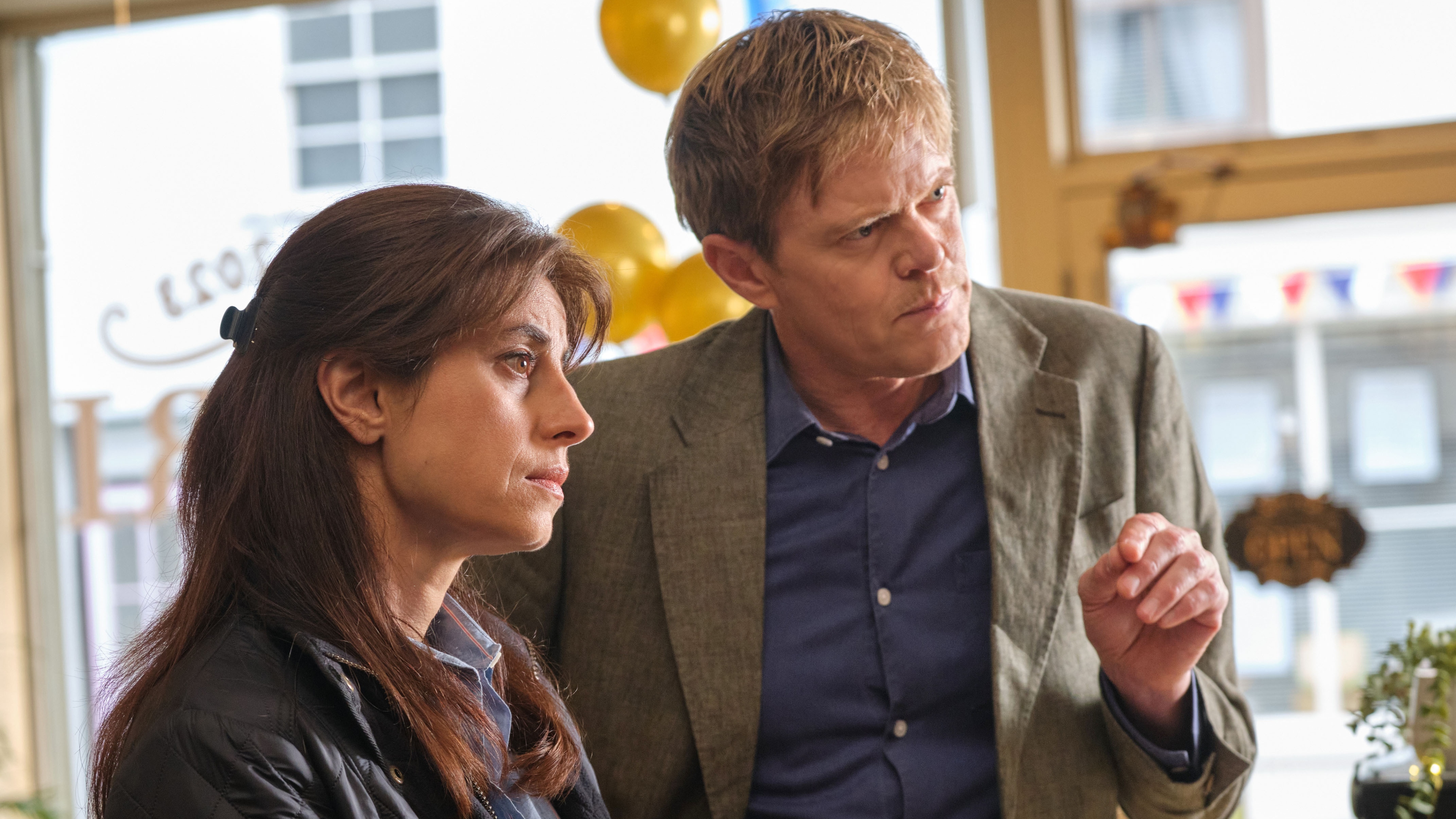Disney's 'Raya and The Last Dragon' has a bit of an East Asian problem
With the recent casting news for Disney's 'Raya and The Last Dragon', the Southeast Asian-inspired film is a beautiful tribute to the culture, but falls into the same problems Hollywood has with Asians.
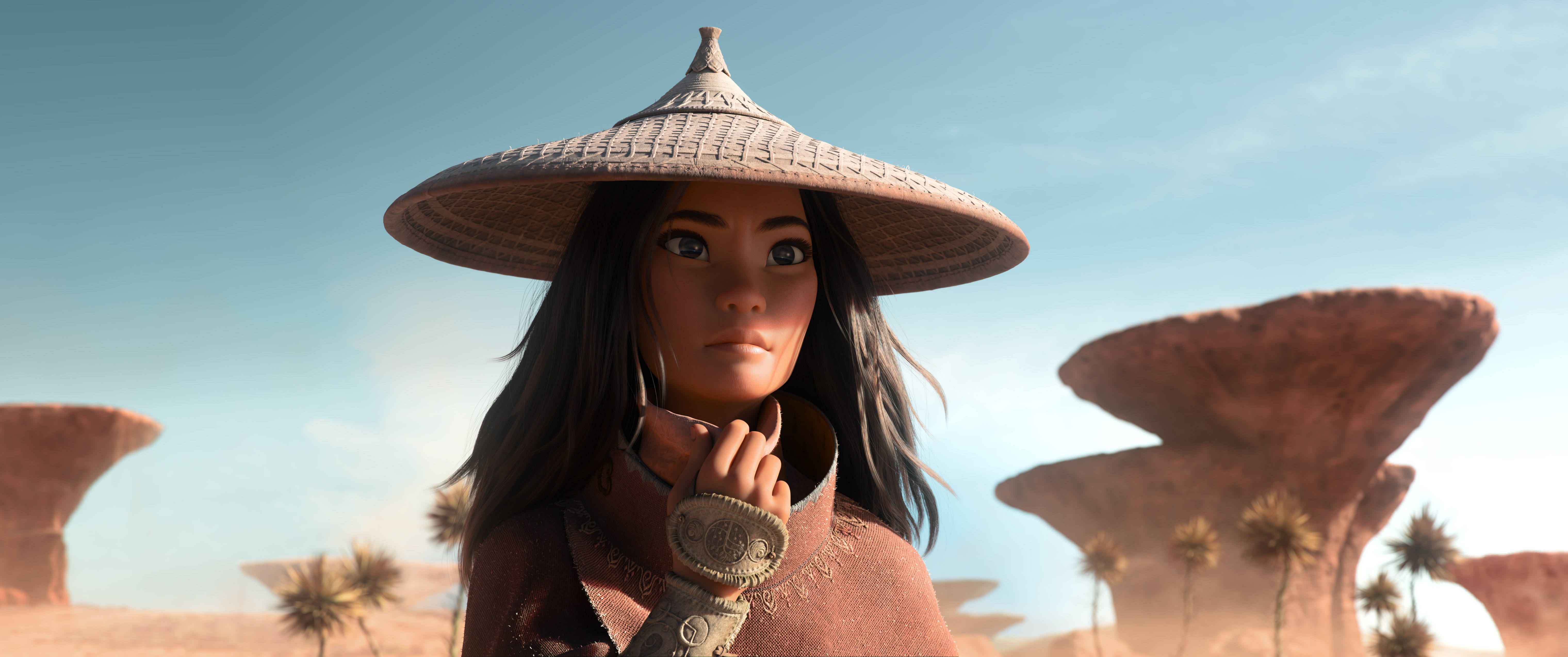
Read Laura's full Raya and the Last Dragon review here.
When Walt Disney Animation Studios first announced their first Southeast Asia-inspired animation Raya and the Last Dragon, I was extremely excited at the prospect of having a Southeast Asian princess in the Disney family, especially as a Thai American. This would be the first time that a Disney animated feature film would feature a Southeast Asian lead.
Raya and the Last Dragon is set in the fantasy world of Kumandra, where humans and dragons once coexisted. But when the Druun, an evil entity, threatened the land, the dragons sacrificed themselves to save Kumandra. Now, 500 years later, the Druun have returned and it is up to a lone warrior, Raya, to find the legendary last dragon, Sisu, and save her people.
According to the press notes from Disney, the filmmakers wanted to pay homage to Southeast Asia by creating the fantasy world of Kumandra to look like various lands inspired by the fabrics, colors, and decor found in those Southeast Asian regions.
Director Carlos López Estrada explains, “We’re making a movie that is inspired by the cultures of Southeast Asia, and we want to make sure that when people from the region see this, although Kumandra is a made-up place, they can feel the love and respect the team had for the incredible real places that inspired us. We worked hard to make sure that this world we created feels dynamic, that the inspirations affecting the story really come through and that nothing is lost. We want to pay tribute to these cultures that inspired the story and the world of Kumandra.”
Disney spared no expense by sending their creative team throughout Southeast Asia to experience the culture and traditions of Laos, Indonesia, Thailand, Vietnam, Cambodia, Malaysia, and Singapore. To get a better understanding of the culture, the Disney Animation team was also visited by local Southeast Asian groups, such as Laos Angeles, who performed traditional ceremonies.
Disney also hired a team of Southeast Asian consultants, consisting of anthropologists, architects, dancers, linguists, and musicians, to form the Raya Southeast Asia Story Trust. These consultants provided their expert opinion and advice throughout the making of the film to ensure the film was respectful of the diverse cultures of Southeast Asia it was inspired by.
Get the What to Watch Newsletter
The latest updates, reviews and unmissable series to watch and more!
It seemed Disney took every precaution to ensure the film truly paid respect to Southeast Asia. The screenplay was co-written by award-winning playwright and writer Qui Nguyen and Crazy Rich Asians writer Adele Lim, who are Vietnamese American and Malaysian American, respectively. Head of Story, and fellow Thai American, Fawn Veerasunthorn and her team of story artists were key to visualizing the script and delivering the directors’ vision by reworking the story that best fits the humor and clear story for the audience. Everything seemed almost perfect. Almost.
As for casting, the role of Raya was initially given to Filipino Canadian actress, Cassie Steele, who was previously announced at the 2019 D23 Expo. But with the changes in the script as well as a shift in directorial duties, Steele was soon replaced by Star Wars: The Last Jedi’s Kelly Marie Tran. Tran, who proudly shared her real Vietnamese name in a New York Times op-ed, was praised by Disney for her role as the title character in bringing humanity into the warrior as well as an understanding of how the character should act culturally. Last year, Tran expressed excitement playing the first Southeast Asian princess to EW,
“I remember having this experience of recognizing some of the words and recognizing some of the names and the locations and even certain characters and our job descriptions of what influenced them to be a certain way. I felt so seen, and it was such a blissful feeling. I don't know if I can even explain it, but it was this surprise. I've worked on some things before which obviously weren't as culturally specific as this, and I don't think that I knew that I needed that.”
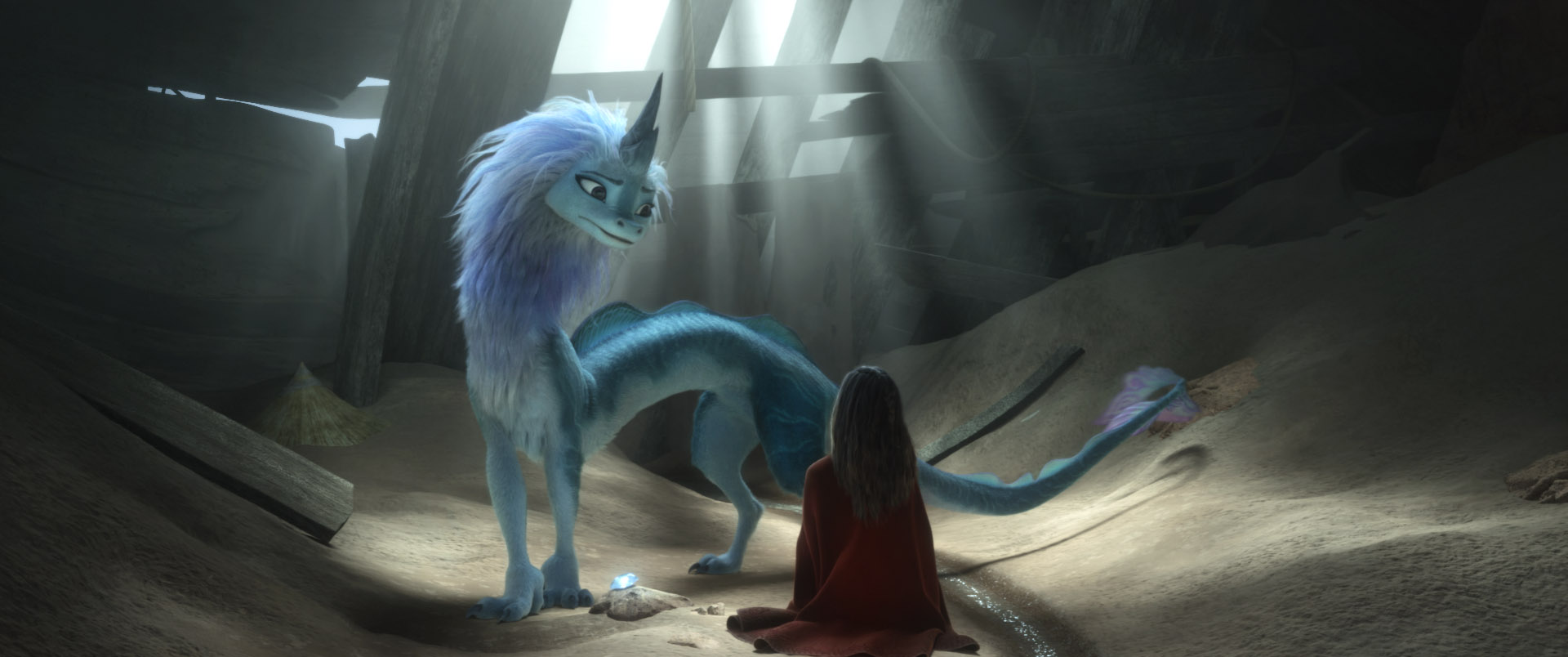
Known for her comedic roles in Crazy Rich Asians and Comedy Central’s Awkwafina is Nora from Queens to her dramatic turn in the indie darling, The Farewell's Awkwafina was a rising star and Disney knew they had to have her in their film. Awkwafina plays Sisu, the dragon that Raya awakens to help save the world. Fortunately, Awkwafina, who is of Chinese and Korean heritage, plays a mythical creature.
“Awkwafina in person, too, is like many cultures,” Lim shared. “She’s Asian American but her appeal is global. And we’ve seen that in her past projects and we definitely see that in this. So I feel like in that way, Awkwafina and Sisu have a lot of the same qualities.”
As for the rest of the cast, it was recently announced that Lao and Chinese American actor Izaac Wang and Vietnamese American actress Thalia Tran were cast as Raya’s new sidekicks on her adventure. Wang plays Boun, the young and fast-talking shrimp boat owner, while Tran plays Noi, a con artist baby with her three monkey-like goons. Although Tran doesn’t have any real dialogue from what we’ve seen, it is great to see two young Southeast Asian actors be part of this major motion picture surrounding their heritage.
Unfortunately, the rest of the new casting announcements left me and many other Southeast Asians wondering what exactly went wrong. Disney revealed Korean American actor Daniel Dae Kim would play King Benja, Raya’s father, who is shown to be a dark-skinned Southeast Asian-looking man. They also shared the casting of British Chinese actors Gemma Chan and Benedict Wong in the roles of Raya’s nemesis, Namaari, and Raya’s new friend, the warrior Tong, respectively.
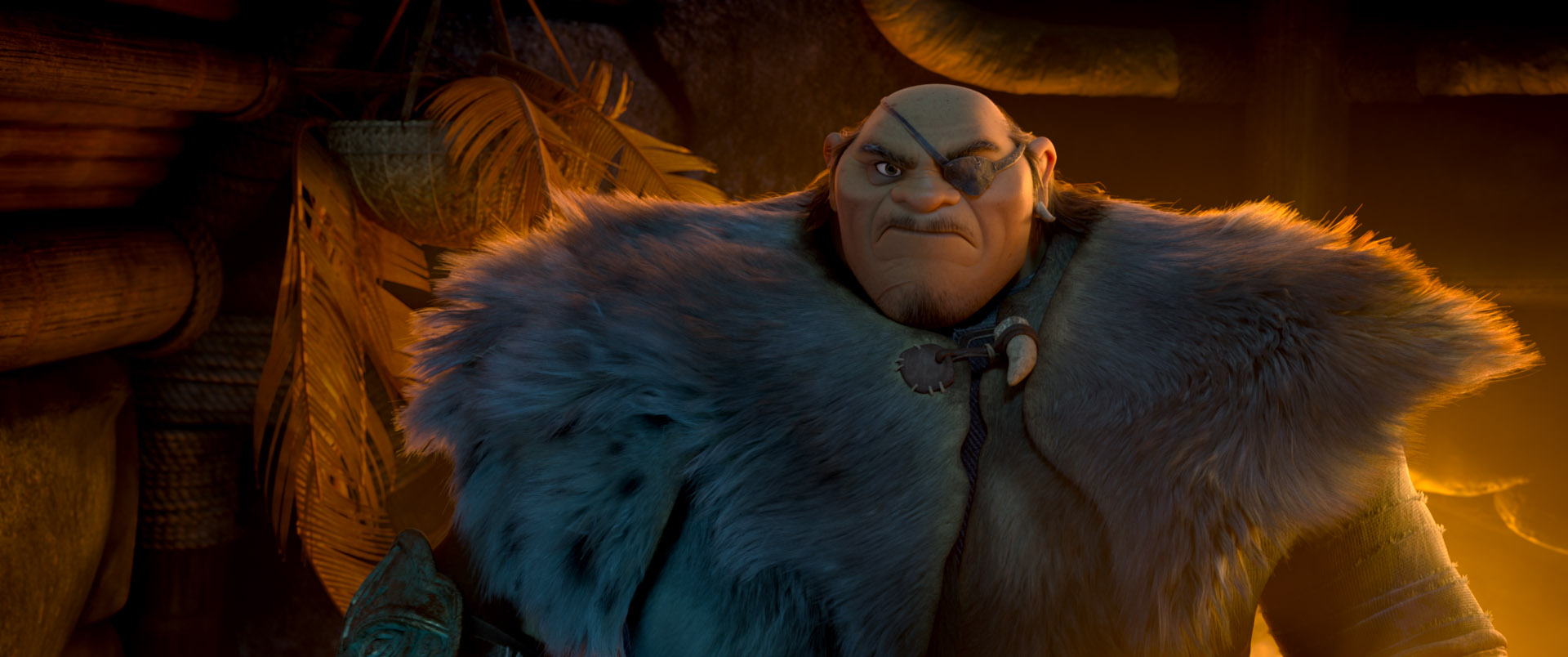
Although I understand the star power that these East Asians actors bring to the table, it feels off to have East Asian actors play Southeast Asians characters, especially since the story is inspired by Southeast Asian cultures. According to the AAPI data survey in 2016, “the dominant understanding of “Asian American” often defaults to “East Asian”, leaving South Asians and Southeast Asians out of the narrative.” With Hollywood focused on showcasing East Asian stories and characters, it’s hard to not be offended by the casting choices, especially when there is finally a project that has deep inspirations from Southeast Asian cultures and a film that is finally focusing on Southeast Asian stories.
Many recent films starring Asian Americans have been consistently East Asian-based and led, including the recent animations Netflix’s Over the Moon and Dreamworks’ Abominable. The current most talked about live-action films surrounding Asian Americans are dominated by East and South Asians. With the lack of Southeast Asian parts in Hollywood, many actors scramble to audition for whatever they can get and can only hope to obtain roles that pertain to their background.
Producer Osnat Shurer, who previously worked on Moana, said of the casting in an interview, “We gave that casting the same kind of attention that we give everything and auditioned a lot of people and had a lot of great discussions and felt like we ended up with actors who really embodied the spirit and essence of the character.”
“We really wanted somebody you could feel that warmth and compassion with and yet that sense of authority,” said Lim during the Disney early press Q&A. “And Daniel Dae Kim, within our community of Asian Americans in the United States, has done so much in terms of really promoting visibility for people who are underrepresented. And just him as a human being with so much warmth but again, you feel that strife. And, it was just such a great piece of casting for us.”
Kim is no stranger to dealing with discrimination in Hollywood. He has been vocal about the lack of diversity of Asian Americans in the media and publicly dealt with leaving a hit television series due to an unfair pay disparity. In the 2019 film Hellboy, British actor Ed Skein exited the role of Major Ben Daimio, who is of Japanese descent, because Skein did not want to whitewash the character. Kim was later cast in the role and told The Morning Call, “I felt like it was right and that this was supposed to be my next role. This issue of whitewashing has been close to my consciousness for a long time. For me to have a small part in correcting this injustice was important to me.”
It’s no wonder Kim would be asked to participate in this film. He has the star appeal as well as the talent. But it is still disappointing to have an East Asian actor portray a character whose origins lie in an underrepresented group in Hollywood, especially given Kim’s history and advocacy for representation.
As for Chan and Wong, who are part of the Disney/Marvel family, they play a huge part in Raya’s life and in the makeup of the people of Kumandra. It’s obvious that Chan and Wong do not identify with their characters' cultural background. Does it mean they aren’t talented enough to play the roles? Of course not. Kim, Chan, and Wong are fine actors and have been celebrated by the Asian American community, but in a film celebrating Southeast Asians, it feels like lazy casting.
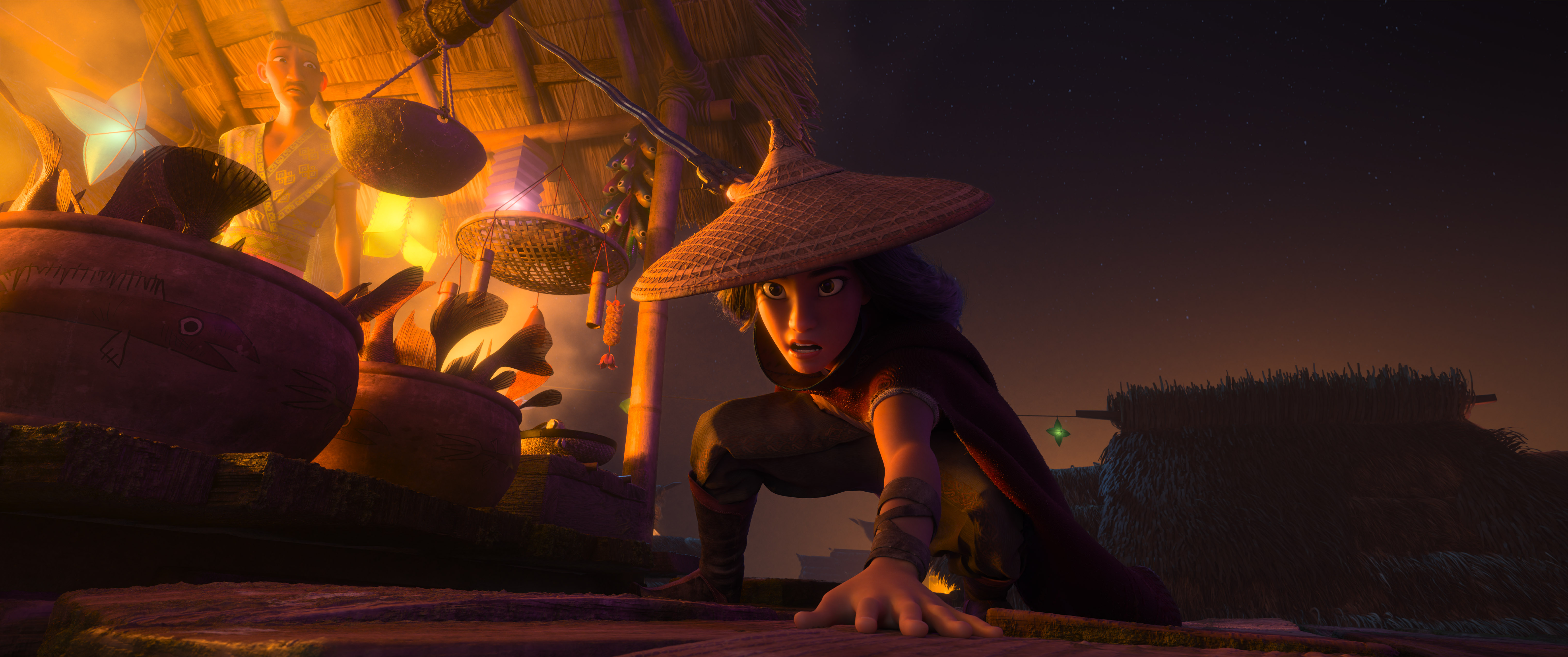
This is especially true given the replacement of Steele as Raya. One of the more surprising things to see was the notion that no one of Filipino descent was part of the main cast to provide representation as part of Southeast Asia. Oftentimes, Filipino representation is ignored when it comes to Asian American representation. Filipino Americans are often labeled as the ‘forgotten Asian American’ as they tend to be excluded from the Asian diaspora in media and politics. Some have even questioned if Filipinos are part of Southeast Asia, which they most certainly are. However, rather than move forward with further Filipino casting, to compensate for Steele’s replacement, the casting department instead seems to have decided to fall back on “easy celebrity wins” via the casting of well-known East Asian stars from their biggest franchise (the MCU).
Raya and the Last Dragon follows a lot of Southeast Asian traditions and cultures in the film that are beautifully showcased. There was so much detail on the clothing, fighting style, locations, and the food that many Southeast Asians will embrace and celebrate. It should still be celebrated for being the first Disney Southeast Asian princess and a story inspired by the cultures of Southeast Asia. It still carries weight in storytelling and the footage I got to see was visually stunning. No doubt, I will support Raya for its effort and the Southeast Asian voices that worked so hard on the film. It’s just disappointing to see a groundbreaking Southeast Asian-led feature fall back in Hollywood’s Asian problem.
Laura Sirikul is a freelance writer, researcher, and managing editor of The Nerds of Color. Throughout her career, she has written for Nerd Reactor, What To Watch, Nerdist, IGN, Movie View Magazine, Red Carpet Report, Mental Floss, Trek News, The Hollywood Reporter, Character Media, Bitch Media, and many other outlets. She has been on NPR's Pop Culture Happy Hour, Nerdist's Fangirls, and many other news shows. For almost ten years, she has covered film and television extensively along with in-depth interviews with major studios such as Disney, WB, and FOX. She is also a member of the Asian American Journalist Association and the Hollywood Critics Association. Apart from addressing topics covering film and television, Laura is a strong advocate for social awareness for the underrepresented in the entertainment industry.
